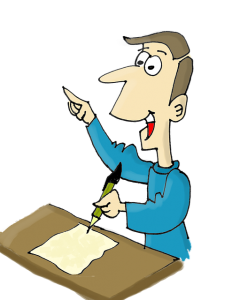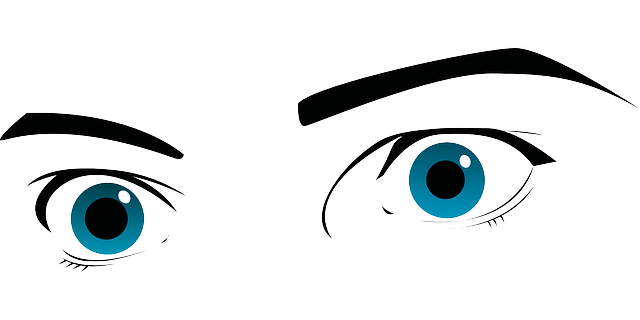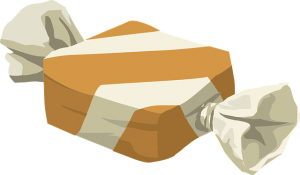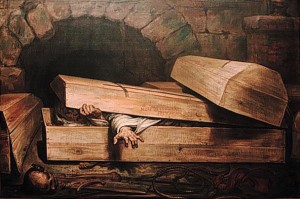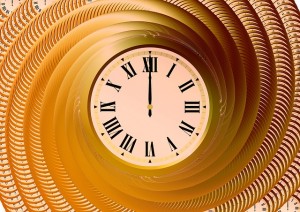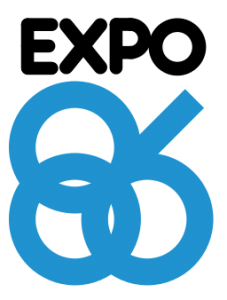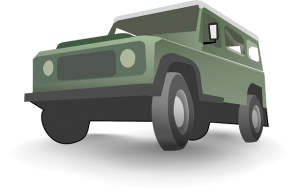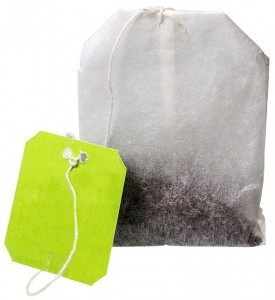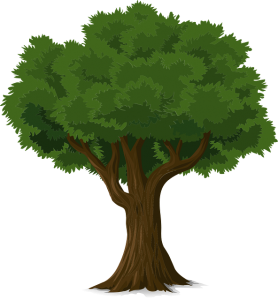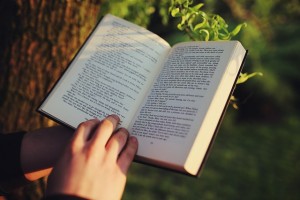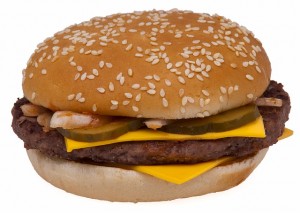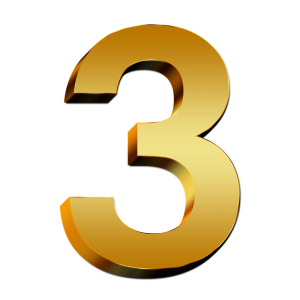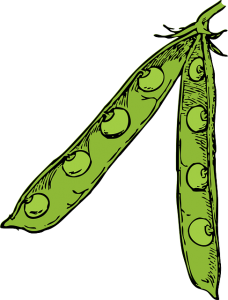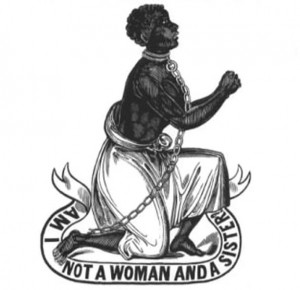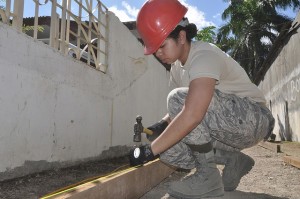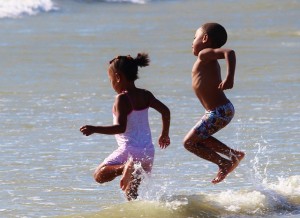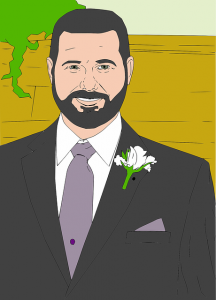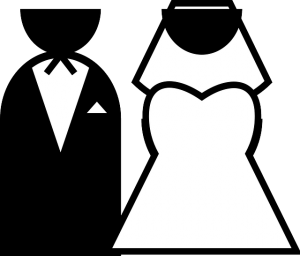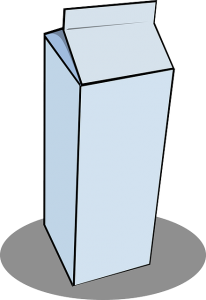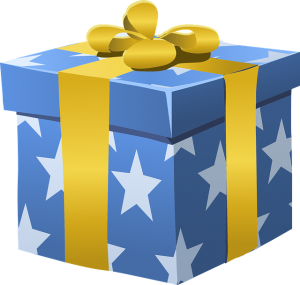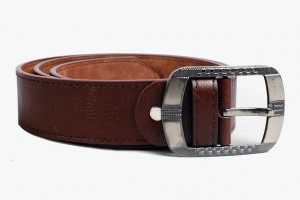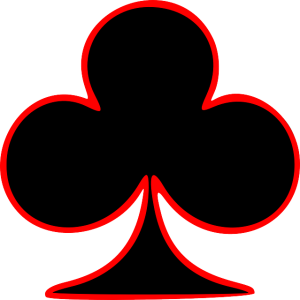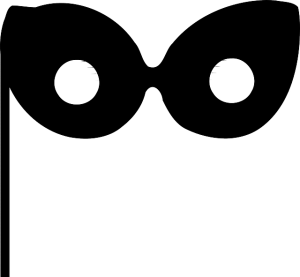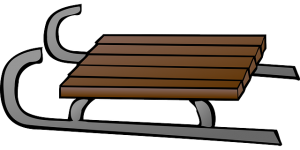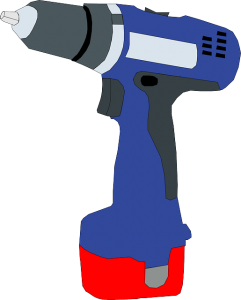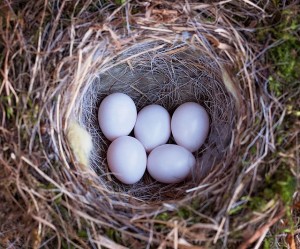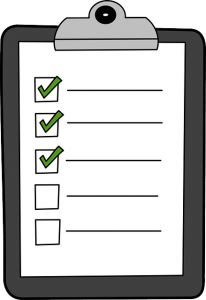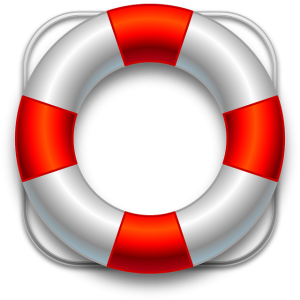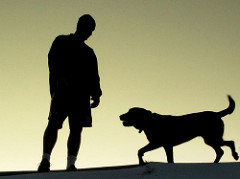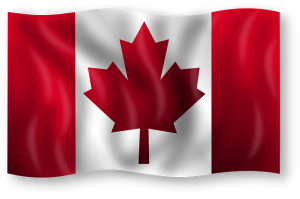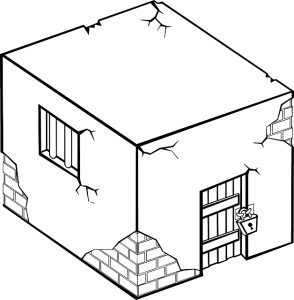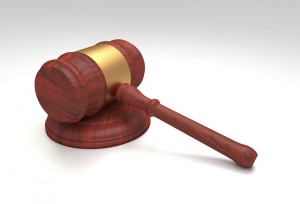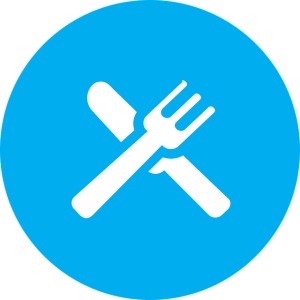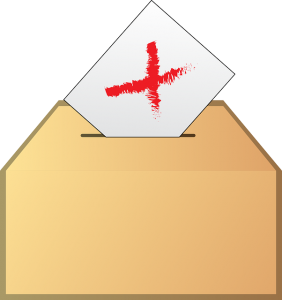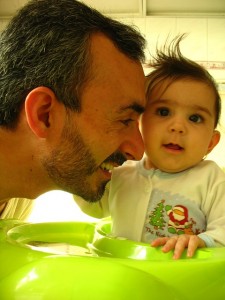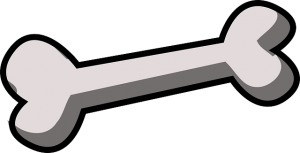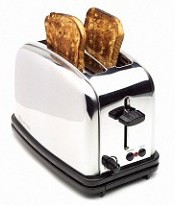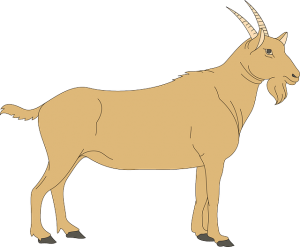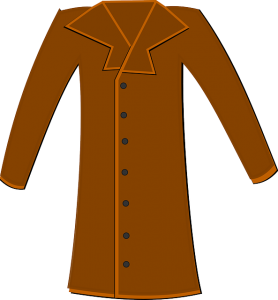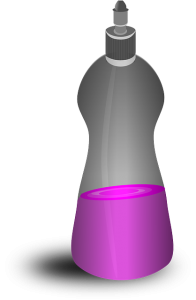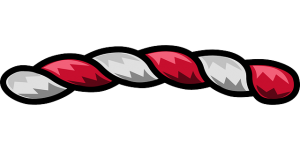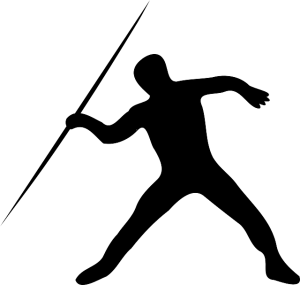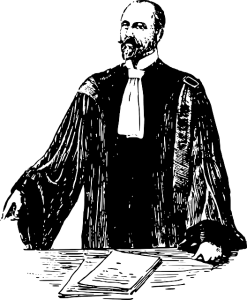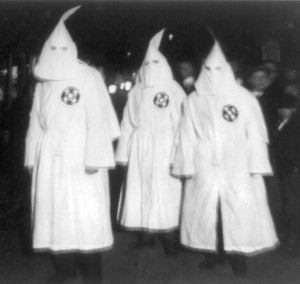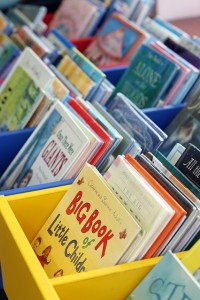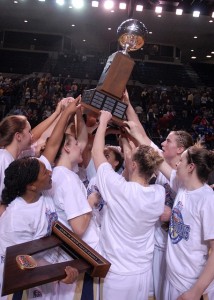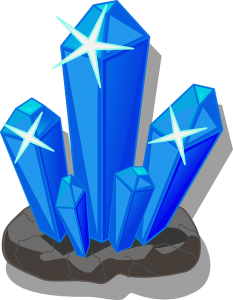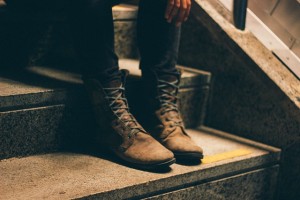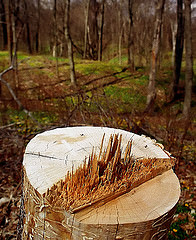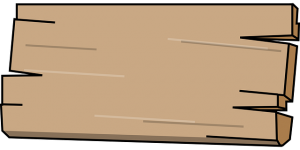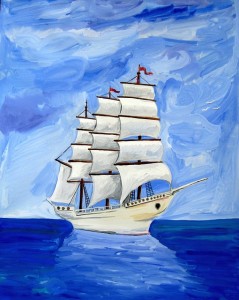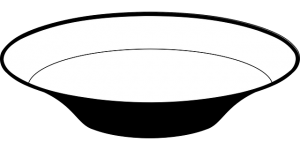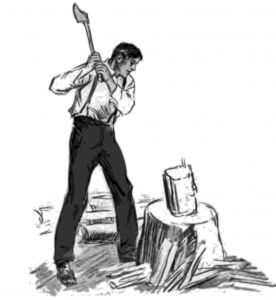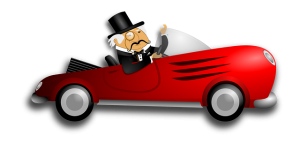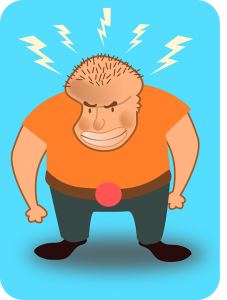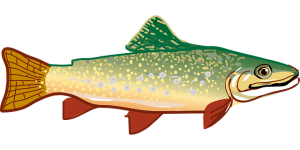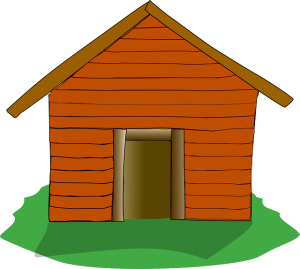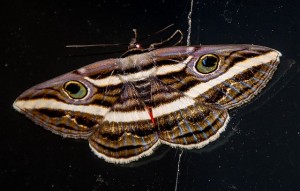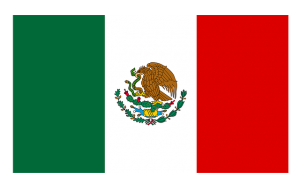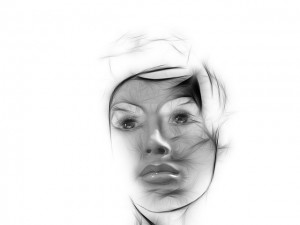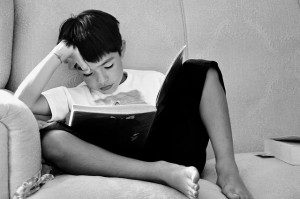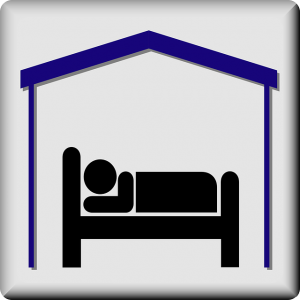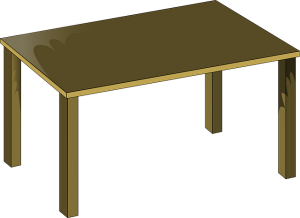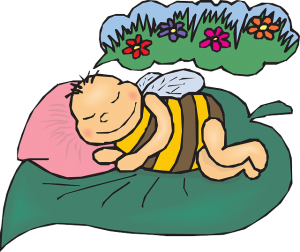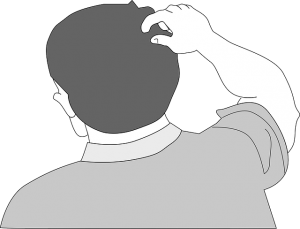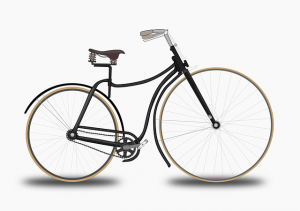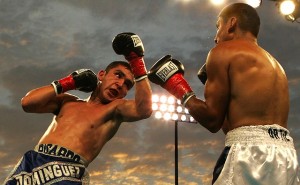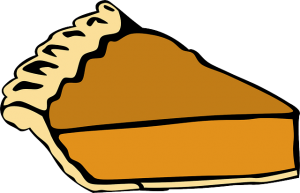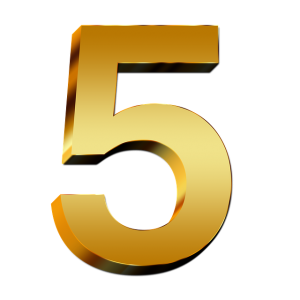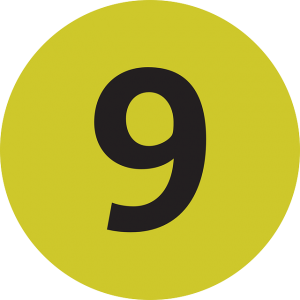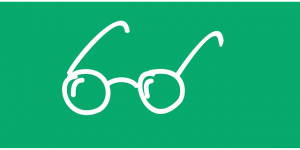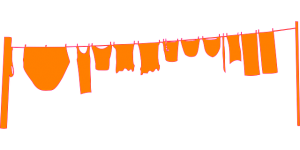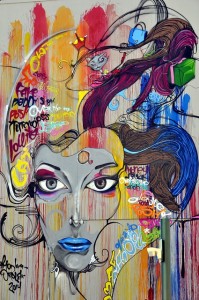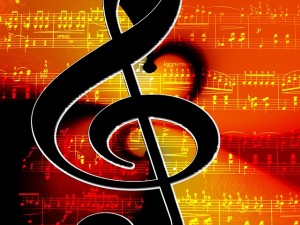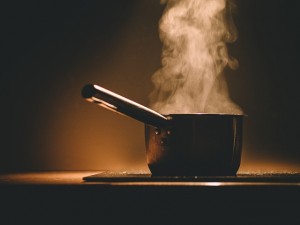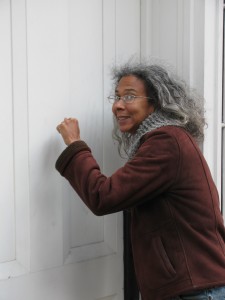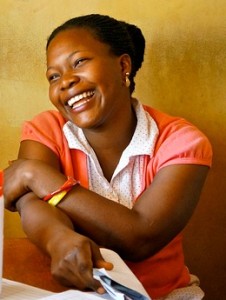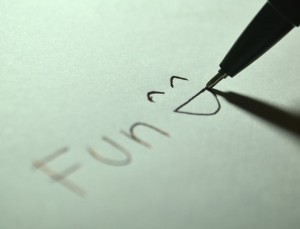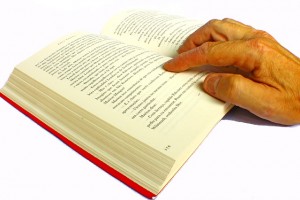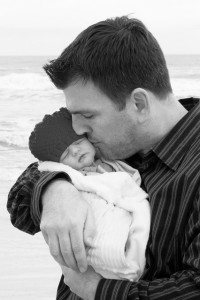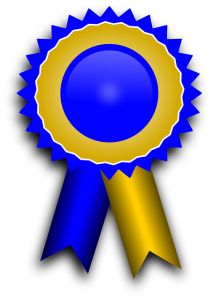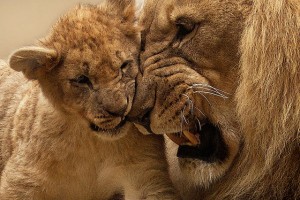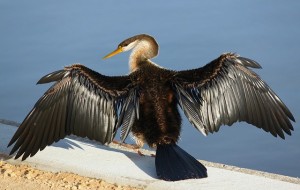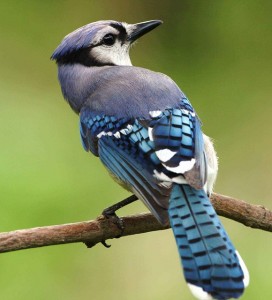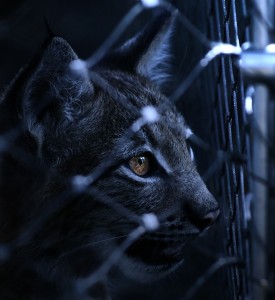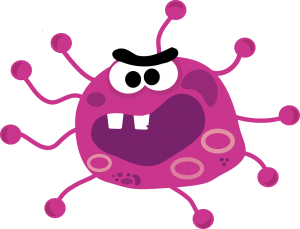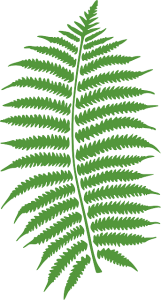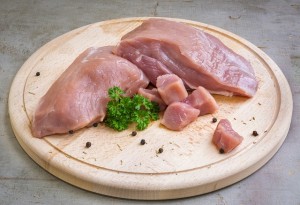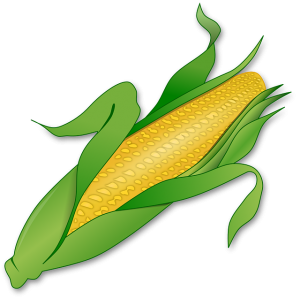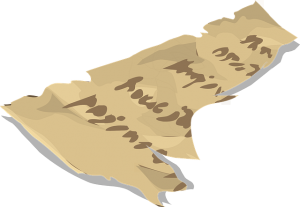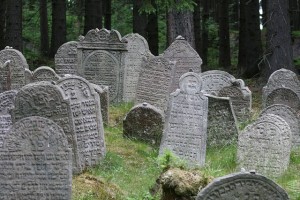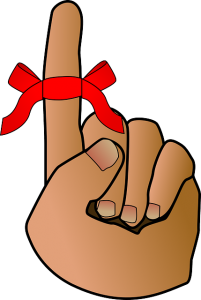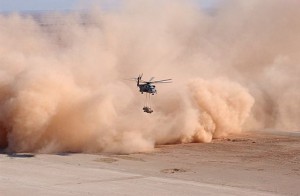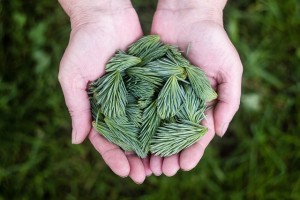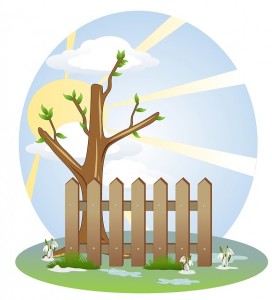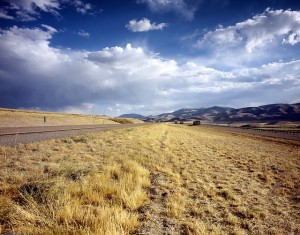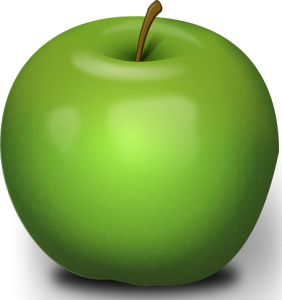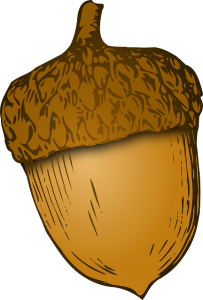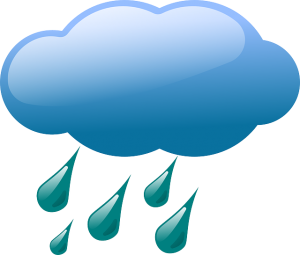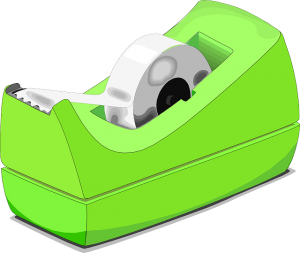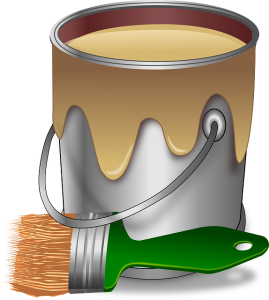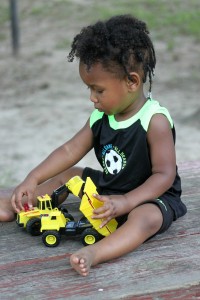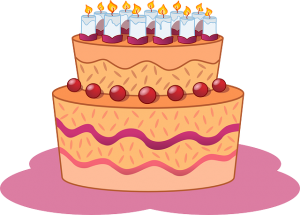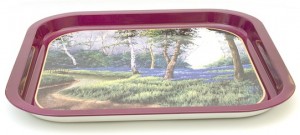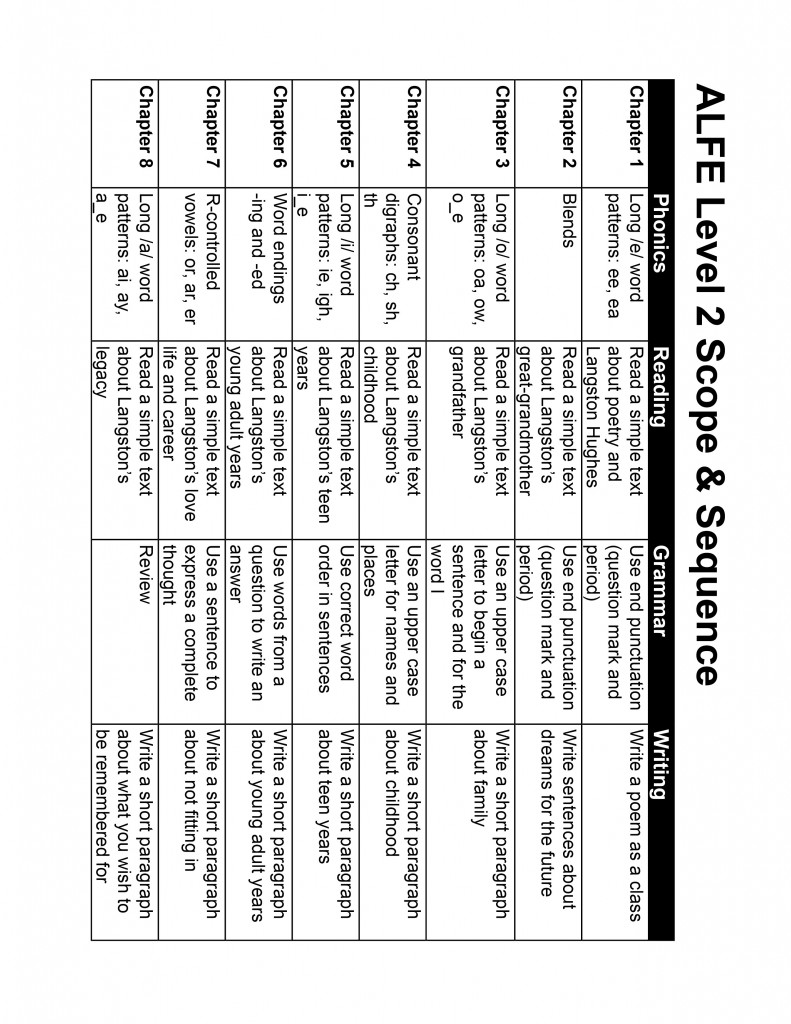a. Throw the dog a bone.
_______________________________________________
b. Where did I put my coat?
_______________________________________________
c. Look out for the hole in the road.
_______________________________________________
d. I need to blow my nose.
_______________________________________________
e. Want to go on my boat?
_______________________________________________
You will see these words in the story. They all have the /ō/ sound, like no.
Check Your Understanding
1. Why was Charles Langston put in jail?
Charles Langston was put in jail because _________________________
_____________________________________________________
2. When did the USA make a law against having slaves?
The USA made a law against having slaves in _________________________
3. What did Charles set up for black people?
Charles set up ___________________________________________
4. What did Charles help black people win the right to do?
Charles helped black people win the right to _______________________
5. Fill in this family tree. Use Chapters 2 and 3.
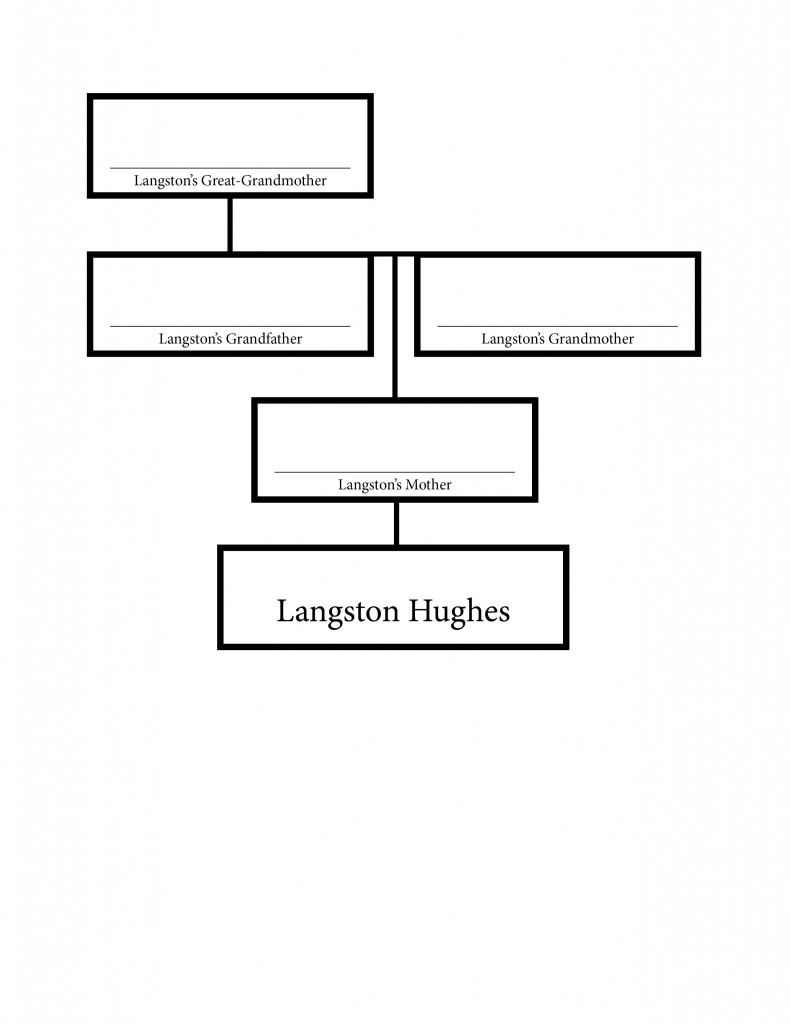
6. Find a word in the poem that rhymes with say.
_____________________________________________________
7. Find a word in the poem that rhymes with dead.
_____________________________________________________
Read the poem again with a partner. Talk about these questions.
8. What does it mean to “let things take their course”?
9. Some people think the world will get better with time. Other people think the world will only get better if we work for change. Who do you think is right?
Check your work with the Answer Key at the end of this chapter.
Writing
Grammar Rule
Always use an upper case letter at the beginning of a sentence.
This is the best song. – YES
this is the best song. – NO
Always use an upper case letter for the word I.
Where can I get the bus? – YES
Where can i get the bus? – NO
Use upper case letters where needed.
1. this soap smells good.
_______________________________________________
2. can i have some toast?
_______________________________________________
3. i will hang up your coat.
_______________________________________________
4. we went out on a boat.
_______________________________________________
5. they have a pet goat.
_______________________________________________
6. after dinner, i will mow the grass.
_______________________________________________
7. she can throw the ball far.
_______________________________________________
8. did you get a hole-in-one?
_______________________________________________
9. tell me a good joke.
_______________________________________________
10. thank you for the rose.
_______________________________________________
Writing Task
Complete these sentences to make a paragraph about your family.
- I was born in …
- I am (the oldest, the middle, the youngest, an only) child.
- I have … brothers and … sisters.
- I was raised by…
- My family is…
Remember:
– Use an upper case letter to begin each sentence.
– Use an upper case letter for the word I.
– End each sentence with a period or question mark.
– You may wish to type your paragraph on a computer.
Answer Key
| Picture Dictionary |
| Canada | daughter | help | | jail | law | mother | | owner | restaurants | school | | vote | | |
|
| Word Skills |
| QUESTION | ANSWER |
| 1 | bone |
| 2 | toast |
| 3 | goat |
| 4 | blow |
| 5 | coat |
| 6 | rose |
| 7 | soap |
| 8 | rope |
| 9 | throw |
| Check Your Understanding |
| QUESTION | ANSWER |
| 1 | Charles Langston was put in jail because he helped slaves run away from their owners. |
| 2 | The USA made a law against having slaves in 1865. |
| 3 | Charles set up a school for black people. |
| 4 | Charles helped black people win the right to vote. |
| 5 | Langston’s Great-Grandmother: Lucy |
| Langston’s Grandfather: Charles |
| Langston’s Grandmother: Mary |
| Langston’s Mother: Carrie |
| 6 | day |
| 7 | bread |
| 8 | “Let things take their course” means to watch what happens, rather than act. |
| 9 | Answers will vary. |
| Writing |
| QUESTION | ANSWER |
| 1 | This soap smells good. |
| 2 | Can I have some toast? |
| 3 | I will hang up your coat. |
| 4 | We went out on a boat. |
| 5 | They have a pet goat. |
| 6 | After dinner, I will mow the grass. |
| 7 | She can throw the ball far. |
| 8 | Did you get a hole-in-one? |
| 9 | Tell me a good joke. |
| 10 | Thank you for the rose. |
Attributions
Help
Image by OpenClipartVectors is in the public domain.
Owner
Good Times by OakleyOriginals is used under a CC BY 2.0license.
Canada
Image by OpenClipartVectors is in the public domain.
Jail
Image by ClkerFreeVectorImages is in the public domain.
Law
Image by Mdesigns is in the public domain.
School
Image by ClkerFreeVectorImages is in the public domain.
Restaurants
Image by SOCIFI is in the public domain.
Vote
Image by OpenClipartVectors is in the public domain.
Daughter
Image by ebrahim is in the public domain.
Mother
Image by VaniaRaposo is in the public domain.
The short /o/ makes the /o/ sound like in octopus.
Image by ClkerFreeVectorImages is in the public domain.
The long /o/ makes the /ō/ sound like in no.
Image by OpenClipartVectors is in the public domain.
Photo 1
Image by ClkerFreeVectorImages is in the public domain.
Photo 2
Wellcome Toast by Duncan Hull is used under a CC BY 2.0 license.
Photo 3
Image by ClkerFreeVectorImages is in the public domain.
Photo 4
Image by RyanMcGuire is in the public domain.
Photo 5
Image by ClkerFreeVectorImages is in the public domain.
Photo 6
Image by wilhei is in the public domain.
Photo 7
Image by OpenClipartVectors is in the public domain.
Photo 8
Image by ClkerFreeVectorImages is in the public domain.
Photo 9
Image by OpenClipartVectors is in the public domain.


